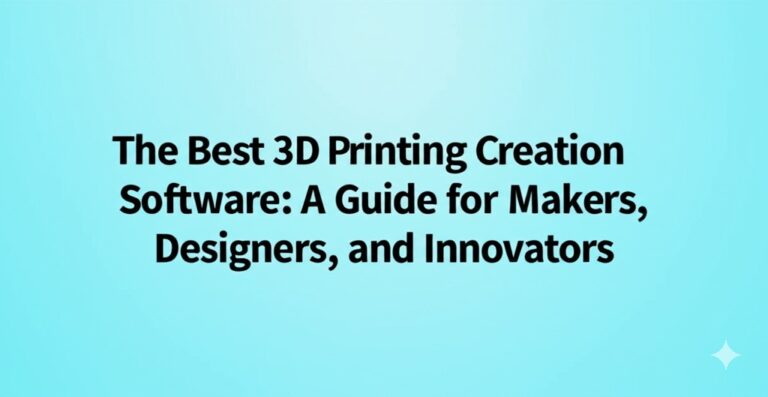Abaqus Software Tutorial: A Beginner’s Guide to Finite Element Analysis (FEA)
Whether you’re a budding engineer, a researcher, or a simulation enthusiast, understanding Abaqus software can significantly enhance your ability to analyze and predict real-world physical behavior. Known for its powerful finite element analysis (FEA) capabilities, Abaqus is a go-to tool in industries like aerospace, automotive, and civil engineering.
In this tutorial, we’ll walk you through the basics of Abaqus, how it works, and how to get started with your first simulation. Let’s dive in!
What Is Abaqus Software?
Abaqus is a suite of powerful FEA tools developed by Dassault Systèmes. It’s designed to simulate the mechanical behavior of structures and materials under various physical conditions. Engineers use Abaqus to evaluate product performance without the need for costly prototypes.
Key Features of Abaqus:
- Robust FEA capabilities for both linear and nonlinear problems
- Support for multiphysics simulations
- High scalability from simple models to complex assemblies
- Integration with CAD software like CATIA and SolidWorks
- Scripting capabilities with Python for automation
Getting Started with Abaqus
Before diving into complex simulations, it’s essential to understand the workflow in Abaqus.
Basic Workflow in Abaqus:
- Pre-processing (Abaqus/CAE)
- Import/create geometry
- Define materials
- Apply loads, boundary conditions, and mesh
- Solving (Abaqus/Standard or Abaqus/Explicit)
- Run the simulation
- Post-processing (Abaqus/Viewer)
- Visualize results such as stresses, displacements, and failure modes
Installing Abaqus Software
To get started, you need to install Abaqus on your system.
System Requirements:
- Windows or Linux OS
- Minimum 8 GB RAM (16+ GB recommended)
- 50 GB free disk space
- Python (bundled with Abaqus for scripting)
Installation Steps:
- Download the installer from the official Dassault Systèmes website or your institution’s license portal.
- Follow the step-by-step installation wizard.
- Launch Abaqus/CAE to begin modeling.
Tip: Always check for the latest compatible version and licensing information.
Creating Your First Model in Abaqus
Let’s create a simple cantilever beam model to illustrate the basic steps in Abaqus/CAE.
Step 1: Creating the Geometry
- Open Abaqus/CAE
- Go to Part Module → Create a new part (2D/3D, deformable)
- Sketch a rectangular beam and extrude it to the desired length
Step 2: Defining the Material
- Go to the Property Module
- Create a new material (e.g., Steel)
- Input Young’s Modulus, Poisson’s Ratio
- Assign it to a section and link to the part
Step 3: Applying Boundary Conditions
- Fix one end of the beam
- Apply a downward force on the free end
Step 4: Meshing the Model
- Go to the Mesh Module
- Seed the part and assign mesh controls
- Generate mesh
Step 5: Running the Simulation
- Create a static general step
- Submit the job to the solver
- Monitor the job until it completes
Step 6: Viewing the Results
- Open Abaqus/Viewer
- Plot displacement, stress contours, and other variables
Scripting and Automation with Python in Abaqus
One of Abaqus’s powerful features is its Python scripting interface, which allows you to:
- Automate model creation
- Modify simulations in batch
- Extract and analyze data programmatically
Example:
pythonCopyEditfrom abaqus import *
from abaqusConstants import *
mdb.models['Model-1'].rootAssembly.translate(
instances=(mdb.models['Model-1'].rootAssembly.instances['Part-1-1'],),
vector=(10.0, 0.0, 0.0)
)
This snippet moves a part instance in the assembly. Once you get familiar with Python, you’ll be able to automate entire workflows!
Tips for Efficient Abaqus Usage
To make the most of Abaqus, consider these best practices:
- Start simple: Begin with small models to understand behavior.
- Use symmetry: Reduce model size and computation time.
- Check mesh quality: A poor mesh can lead to inaccurate results.
- Save often: Simulations can crash—don’t lose progress.
- Consult documentation: Abaqus has extensive help resources.
Conclusion: Level Up Your FEA Skills with Abaqus
Abaqus is an indispensable tool for anyone looking to perform detailed and accurate simulations in engineering. While it may seem complex at first, starting with the basics and building your way up will help you master this software in no time.
Whether you’re a student, professional, or hobbyist, learning Abaqus opens the door to advanced simulation and innovation in product design.

Zain Jacobs is a writer for TheNetUse, providing in-depth reviews, tips, and insights on the latest software apps to help users maximize their digital experience.







